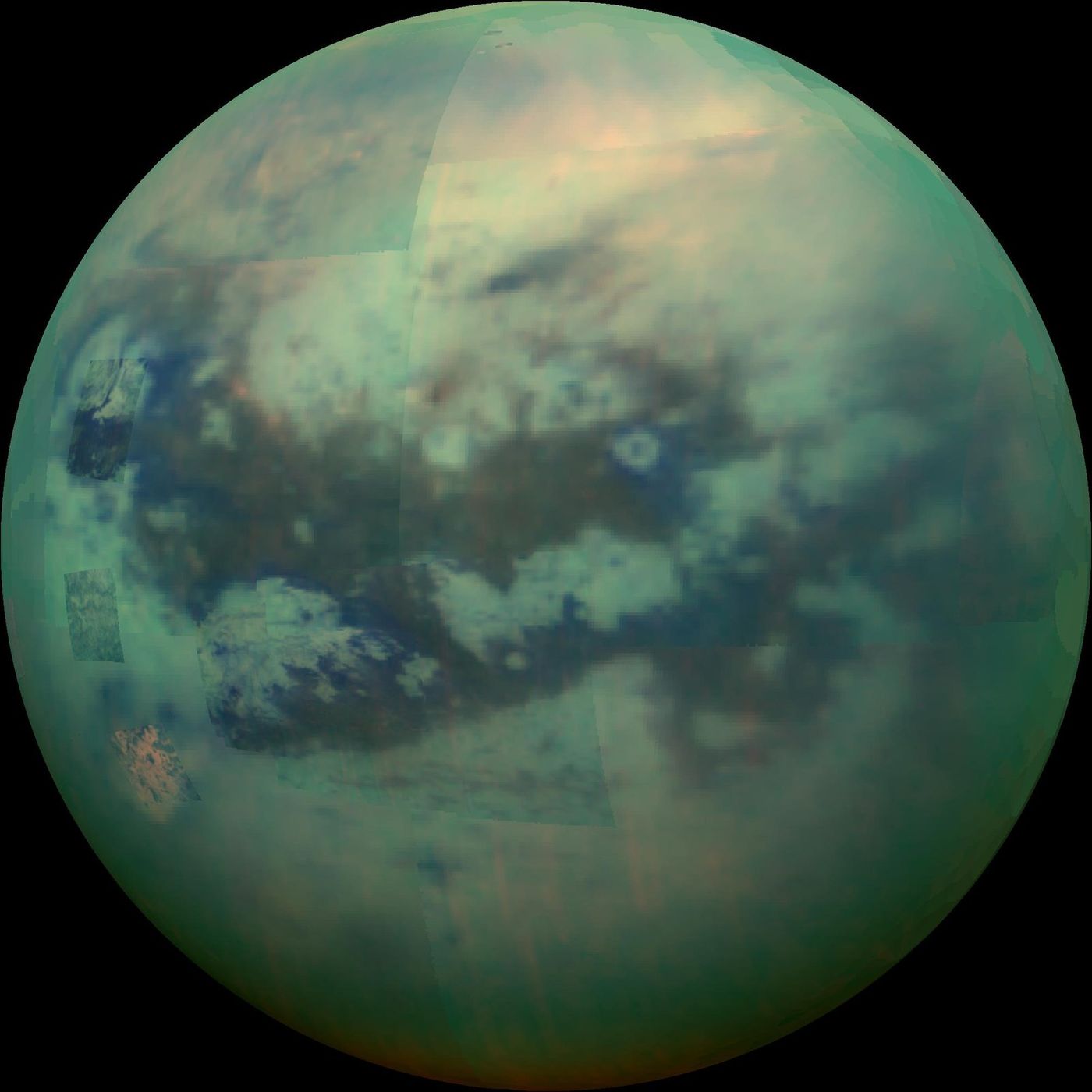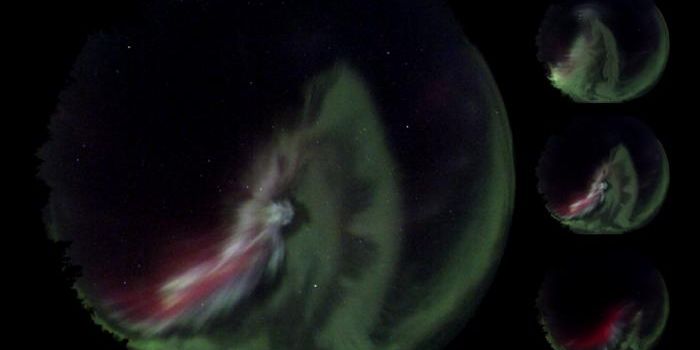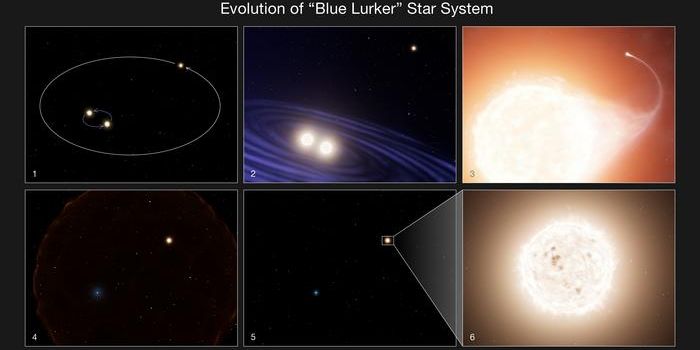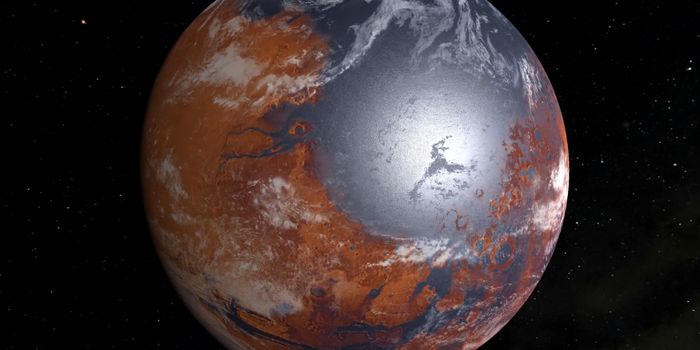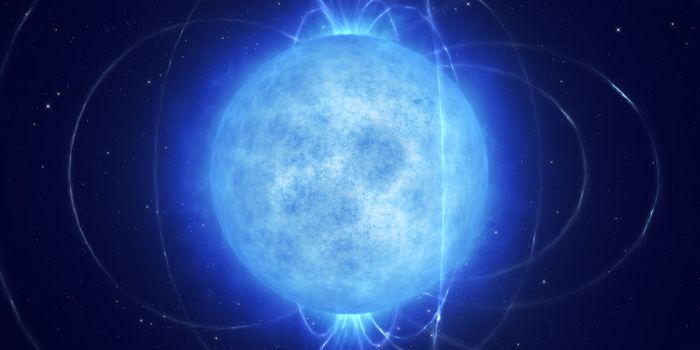The Curious Case of Titan's Vanishing Deltas
What processes could be responsible for Saturn’s largest moon, Titan, lacking river deltas as seen on Earth despite the former’s lakes and seas of liquid methane and ethane? This is what a recent study published in JGR Planets hopes to address as a team of researchers investigated Titan’s coastlines to better understand its climate history. This study has the potential to help scientists better understand the formation and evolution of the only other planetary body in the solar system with standing bodies of liquid on its surface and what this could mean for finding life beyond Earth.
For the study, the researchers aspired to ascertain a better understanding of the formation and evolution of Titan’s coastlines and deltas, which are difficult to observe in data from the now-retired NASA Cassini spacecraft’s Synthetic Aperture Radar (SAR) when it observed Titan. To accomplish this, the researchers used a series of computer models to simulate what Earth’s coastlines and delta could look like on Titan.
Composite infrared image of Saturn's moon Titan obtained from NASA's Cassini spacecraft on Nov. 13, 2015. (Credit: NASA)
In the end, the team found that unlike Earth, Titan’s coastal rivers don’t stop in deltas, along with identifying features on Titan’s seafloors, which could indicate active hydrological processes under the sea-level’s surface. The team proposes that the much faster rise and fall of Titan’s sea levels could explain the lack of deltas, along with greater wind patterns and tidal currents.
“We take it for granted that if you have rivers and sediments, you get deltas,” said Dr. Sam Birch, who is an assistant professor in the Department of Earth, Environmental and Planetary Sciences at Brown University and lead author of the study. “But Titan is weird. It’s a playground for studying processes we thought we understood.”
This study comes as NASA is planning to send its Dragonfly quadcopter to Titan in the 2030s with the goal of conducting the most in-depth surface analysis of Titan ever conducted. While Cassini landed its Huygen probe on Titan’s surface during its storied mission, the probe only lasted 90 minutes due to the frigid surface temperatures, which average -290 degrees Fahrenheit (-179 degrees Celsius).
What new discoveries about Titan’s climate history will researchers make in the coming years and decades? Only time will tell, and this is why we science!
As always, keep doing science & keep looking up!
Sources: JGR Planets, ScienceDaily, News from Brown
